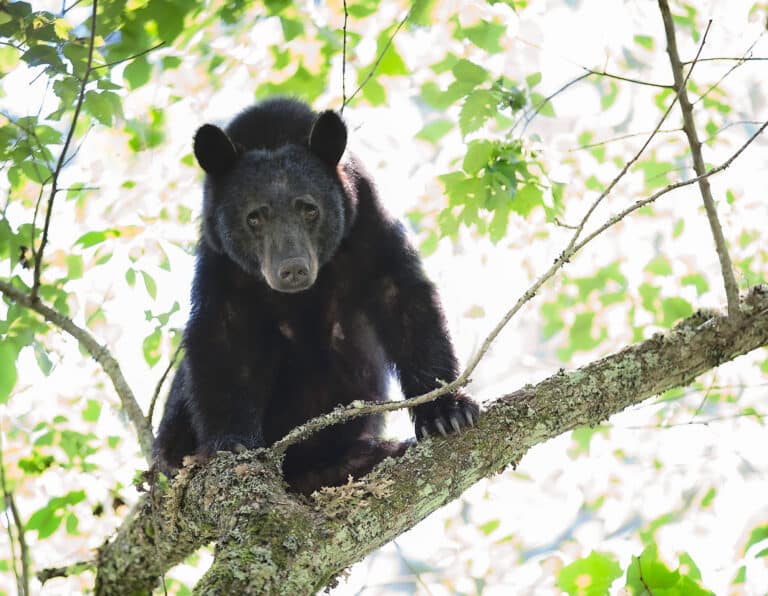by Sasha Greenspan
From its headwaters in the Blue Ridge Mountains through the Virginias, the New River is indeed one of the oldest rivers on the continent—if not the oldest.
Unlike most other rivers, the New River is one of the few rivers to flow north. It runs completely across the Appalachians, and seems to flow against the current Appalachian topography, which supports the theory that the New River may have preceded the formation of the mountains. The Appalachians uplifted between 65 and 225 million years ago, tens of millions of years before scientists believe the Colorado and Ohio Rivers, by comparison, were formed.
The New River cuts through the New River Gorge, 1,600 feet of sedimentary rock left by ancient swamps and lakes. Dating the youngest of these rocks sets a maximum age for the river, which the West Virginia Geological Survey determined to be about 320 million years. That’s about as old as the earth’s first amphibians and reptiles.
To determine a more specific age of the river, geologists used average rates of sedimentary rock erosion among the country’s other well-studied rivers to estimate how many years it may have taken to cut through the Gorge. By this method, the New River appears to be about 10 million years old, although “using average numbers only adds to the margin of error,” notes geologist Dr. Vernon J. Henry.
Determining the age of the New River and other rivers relies on sediment and rock. Most is eroded and washed away over millennia, but some sediment collects along the bottom and in eddies. The sediment also buries and fossilizes primeval plants. Dating this organic matter through radiocarbon analysis is one way to measure a river’s age. Or you can estimate the river’s age by measuring the depth of the sediments—if you know the average rate of sediment accumulation.
The wider landscape can also clue us in on ancient history. “Imagine a river running across a landscape that begins to undergo tectonic compression, like the Appalachians,” says geologist Jeremy Fairbanks. “Since these processes are taking place over millions of years, the river may cut through the rising landscape just as fast as the rest of the landscape rises. If you know the age of the tectonic event, you can say the river has been there at least as long as that.”
Before we can say anything for sure, concludes Fairbanks, we need to understand the hundreds of other rivers in the area, as well as take into account the several vertical kilometers of erosion experienced by the Appalachian chain during its uplift, which certainly erased a lot from the geological record.
My conclusion? Dude, that’s deep.
Is the New River really the oldest in the country? How exactly is a river’s age determined?






